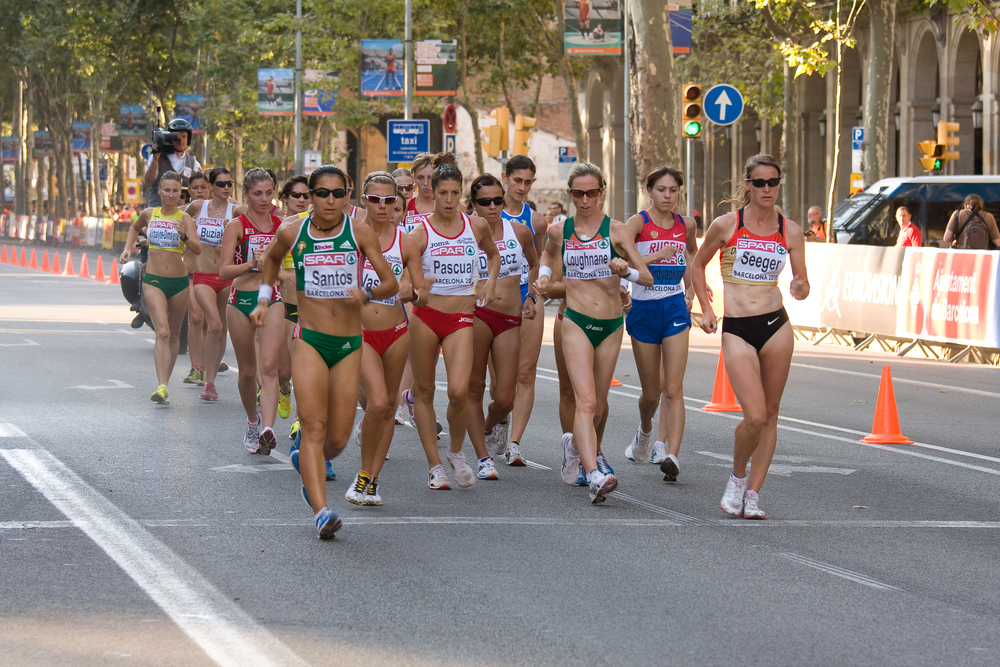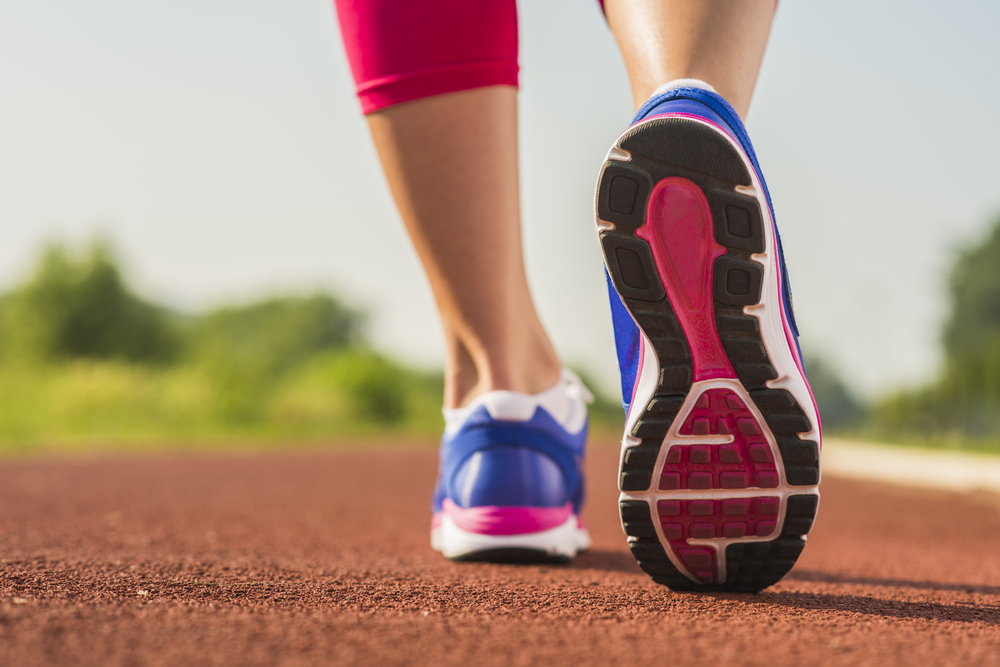If you are looking for a low impact, yet powerfully effective form of exercising, race walking is something you may want to consider.
Amidst countless diets and various exercise regimens, a popular athletic sport is often forgotten or ignored. Race walking is a low-impact and extremely effective way of achieving fitness goals and staying lean and muscular.
What race walking is all about
Race walking is not as simple as it sounds. It is not walking fast or power walking. The technique requires a bit of practice. Race walking is an Olympic event for both men and women and the distance covered is 50 kilometers for men and 20 kilometers for women.

The two rules that govern race walking are that the athlete’s back foot cannot leave the ground until the heel of the front foot has touched. A violation of this rule is known as loss of contact. The second rule postulates that the supporting leg must straighten from the point of contact with the ground and remain straightened until it passes the hip. These rules are judged by the unaided human eye and a violation of either of these rules in a race walking competition will lead to a disqualification.

What race walking can do for your body
Race walking is a complete body workout that does not eat up too much time since it helps one cover longer distances when compared to running or other athletic forms of exercise. More importantly, the risk of injuries is significantly lower in race walking and that gives it an edge over running. It also burns up a lot more calories than running does – almost 120 to 130 calories per mile.
The fact that it is a low-impact exercise makes it viable for people of all ages. The technique has to be practiced. Ideally, one should start race walking at a slow pace and then gradually increase the pace when one is comfortable with the technique. The right footwear is also of prime importance. As with every form of exercise, a warm up and warm down procedure should always be followed diligently.
Once race walking becomes part of your routine, you start losing weight in no time. Though there is strain on the ankles, knees and hip joints, the risk of injury is definitely much lesser than that in jogging. It can be a way to keep yourself fit or a chance to prove your mettle in a competition. It is challenging, calorie-burning and safe.















































